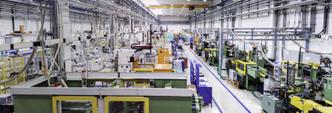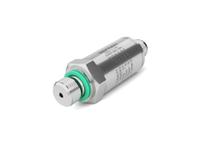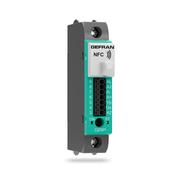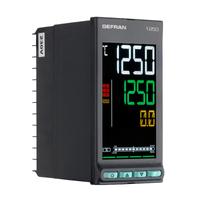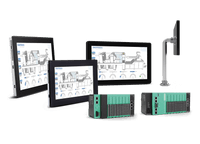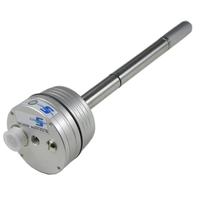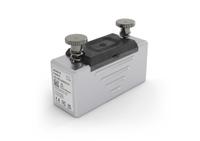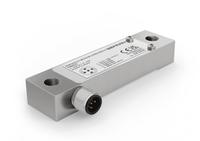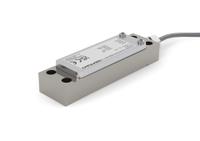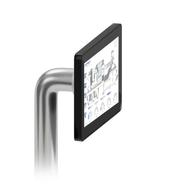Hydraulic injection machines are the most widespread in the plastics industry because of their robustness and ability to handle high clamping forces. They use a hydraulic circuit to move all the main actuators, i.e. injection unit, injector, ejector and closing platens. They are appreciated for their reliability and versatility, and are used in sectors ranging from automotive to packaging. The architecture of the machine favours the optimisation of production cycles and the reduction of waste, offering a versatile solution for both mass and medium-small batch productions.
Requirements:
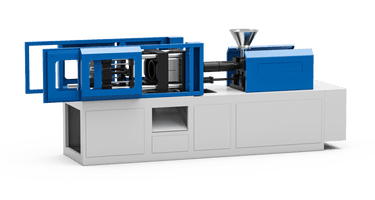
Control of plastic pellets
Learn more
Injection unit position
Learn more
Injector position and movement
Learn more
Position of the moving platen
Learn more
Ejector position
Learn more
Monitoring of the hydraulic circuit
Learn more
Management of the Hot Runners
Learn more
Temperature control of the barrel
Learn more
Control of the moulding process
Learn more
Tie bar deformation
Learn more
Deformation of the moving platen
Learn more
Enhancing Production Data
Learn more
Operating Principle
The heart of the hydraulic machine is the hydraulic circuit that transfers power to the different moving elements. The plastic granules are plasticised inside the heated cylinder and pushed by the injector towards the mould cavity. The pressure and injection speed are regulated by the oil under pressure, which acts on the hydraulic cylinders connected to the various mechanical elements. The moving platen, operated by toggle or direct cylinders, closes by tightening the mould with the force necessary to counteract the injection pressure. Once the material has been injected, the mould remains closed until the item solidifies; the hydraulic ejector then pushes it out. Circuit management requires the constant monitoring of oil pressure and temperature, as well as precise control over actuator position to ensure repeatable cycles and reduce waste. Mechanical components, such as linear guides and recirculating ball screws, ensure precise and fluid movements, while advanced sensors constantly monitor temperature, pressure and material flow. These data can be used by the operator to optimise the process and intervene promptly on any anomalies, reducing machine downtime and increasing overall efficiency.
Requirements and Technology
Hydraulic machines need solutions that combine robustness and precision. The main requirements are:
- Monitoring the position of the injection unit, injector, ejector and moving platen, to ensure repeatable and safe movements. Magnetostrictive transducers are ideal because of their resistance to high pressures, long life and the ability to also provide speed values in real time.
- Monitoring of pressure in the hydraulic circuit, crucial for managing injection pressure and closing force.
- Thermal management of the mould and the plasticiser cylinder, necessary to keep the viscosity of the material constant and speed up the cycles.
Gefran offers a complete range of control platforms, pressure and position sensors and modular solutions that can be easily integrated into any plant, to ensure efficiency, safety and constant quality for the injection moulding process of plastic or rubber products.
